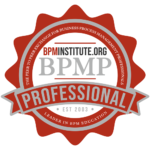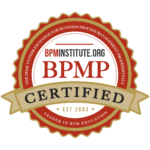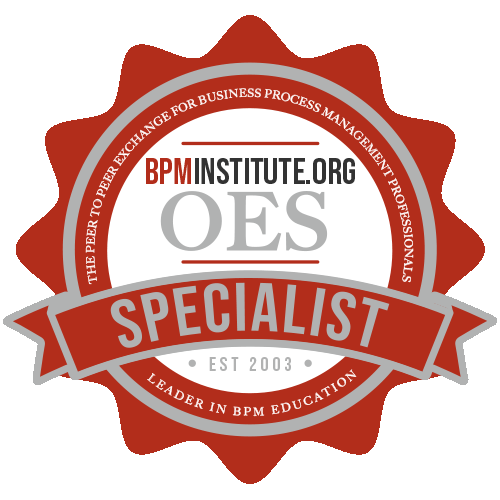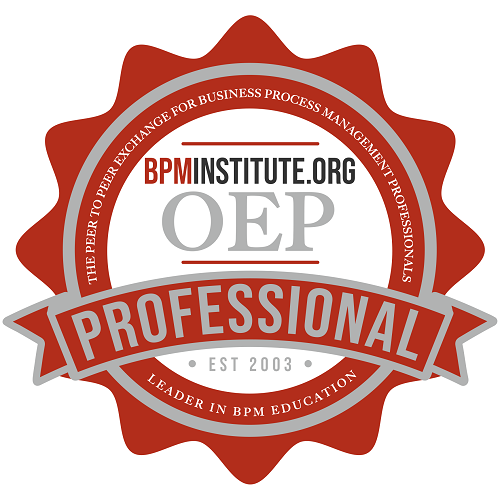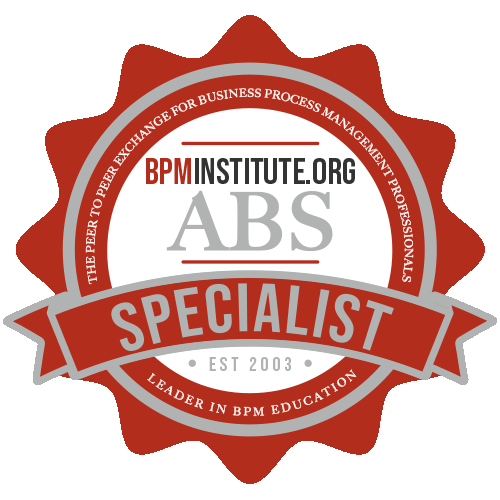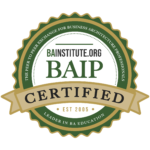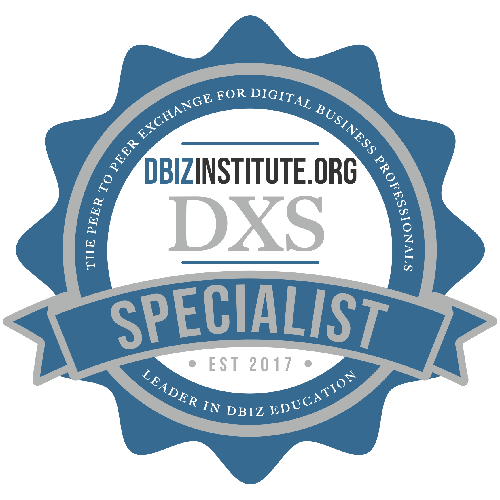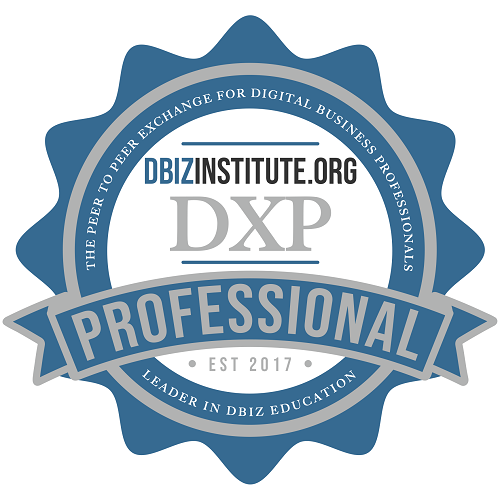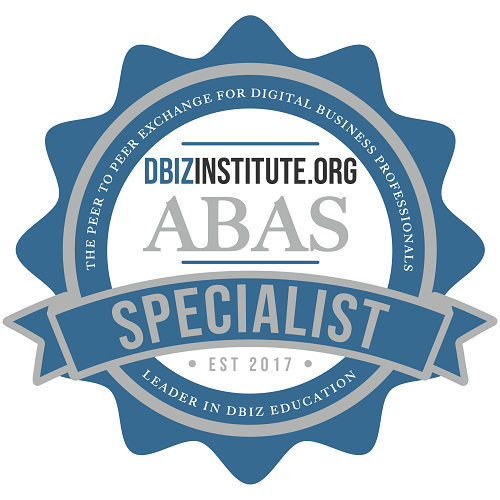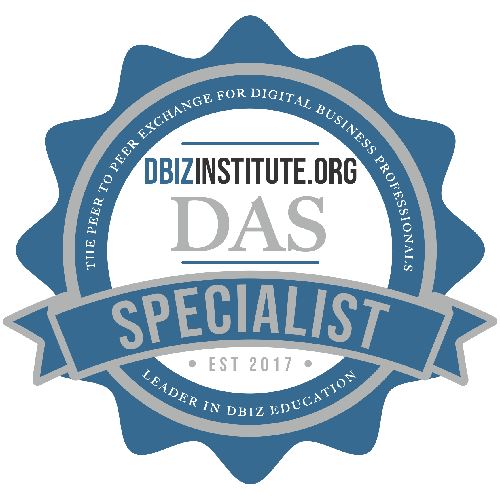Home / Resources
Resources
Discover a Wealth of BPM Knowledge and Expertise at BPMInstitute.org!

Process Improvement – Patterns for Success
Explore the many ways IBMs Business Process Management and Decision Management technologies enable agility through dynamic business processes. Use-cases describe approaches for using these technologies individually or together to address different business needs. Process improvement is about achieving better business outcomes. Technology is providing powerful capabilities that organizations are using now to quickly and continuously improve customer-facing and back-end operations. The challenge, of course, is that there is no one-size-fits-all solution.

Best Habits for Highly Successful BPM Programs
Learn the Habits that drive process-improvement success, from project delivery and growing team competency to scaling BPM across the enterprise. These are proven techniques that will help you get started implementing successful BPM projects throughout your organization. Process improvement is about achieving better business outcomes. Technology is providing powerful capabilities that organizations are using now to quickly and continuously improve customer-facing and back-end operations. The challenge, of course, is that there is no one-size-fits-all solution.
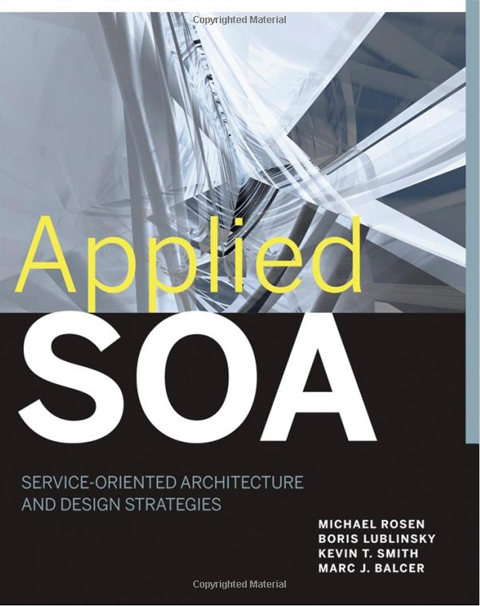
Book Review: Applied SOA: Service-Oriented Architecture and Design Strategies
There is no shortage of books that cover SOA topics, but few of them go beyond background information, telling us what a service is and what technologies we can use to network them, but leaving us on our own to figure out how to identify or design a service. Fewer still go into the design of SOA solutions for the enterprise. I’m happy to report that this book is a welcome exception.
You’re probably familiar with several of the authors already. Lead author Mike Rosen is Editorial Director for SOAInstitute.org, and co-authors Boris Lublinksy and Kevin T. Smith have written articles and spoken at SOAInstitute.org events. For this book, they are also joined by Marc J. Balcer.

Which is Best for Us? Top Down, Bottoms Up, or Middle Out
This article is the second article in this series. These two articles look at organizational culture and three strategies to become a more process oriented organization.
Process maturity assessment has become popular in the last few years, as companies want to understand their current level of maturity and what it entails to get to the next level. But once you assess where you are on a process maturity scale, what kind of approach is best for your organization – top-down, middle-out, or bottoms-up? How would you know, what steps should you take, and what challenges might you anticipate?

When Should You Automate a Business Decision?
Automated business decision-making provides a significant competitive advantage for companies today because, generally speaking, the faster you can decide on the right response to an opportunity or risk, and consistently act on it, the better the business outcome will probably be. By automating key operational decisions, those day-to-day, repeatable decisions that run the business — like what loan application to approve or reject, what product to offer a new customer, when to trigger an agent to call back a client to assist, when to re-route cargo, etc.

Change Management – What is it and Why it Matters?
When introducing anything new in our individual life, in an organization or society at large, we intuitively recognize that that introduction of change must be managed or we will not achieve what we have set out to do. Same applies when we introduce new technology including BPM automation. Very often we establish a change management team. We go through the mechanics of managing change. Why then the implementation of new technology such as BPM often does not deliver the expected benefits? Why the adoption and internalization of the change is sl

The State of BDM
BDM and it’s Progression as a Critical Skill Area
Join Gregg Rock, Editor and Founder of BPMInstitute.org and Larry Goldberg, Managing Partner of KPI, Inc. where they will guide you through the “State of BDM”.
In the first portion, Gregg provides an update on the “State of BDM” at BPMInstitute.org, including content and membership updates, and educational opportunities.
Then hear Larry provide a brilliant overview of BDM as a space and it’s progression as a critical skill area.

Business Analysis Certificate Program Features The Decision Model
REI (Recreational Equipment Inc.) is a member owned co-op, selling outdoor recreation & sporting goods, and clothes via some 125 retail stores in about 30 states, catalogs, and the Internet. Charles specializes in requirements facilitation workshops, root cause analysis, detailed functional specifications, data analysis, strategic planning and business case dev

Management Structure for Process Success
One of the end goals of any process-based effort (BPM, LSS, CPI, PBM, etc) should be instilling process thinking throughout the organization – But how do you do it? A key to developing a process-based organization is identifying and implementing a management structure that promotes and supports your process efforts.

Terminology Wars: Coming to Terms with our Terms
Where Did We Go Wrong? Business Architecture initiatives can be quickly derailed by a failure to align on vocabulary. A seemingly minor verbiage problem can hinder adoption, cause confusion, and alienate your audience. Let’s examine the role of terminology, the current state of business architecture terminology, and how to prevent terminology from impeding your initiatives.

Business Use Case Model Highlights Business Architecture Value
A less known but highly essential artifact of business architecture is the business use case model.
A business use case (hereafter referred to as BUC) model is the higher abstraction of the system use case model (or simply, the UC model). In a BUC, business actors with specific business goals interact with other business actors. The BUC is primarily an external view of the business model or area of interest. A system use case diagram, on the other hand, illustrates the domain from an internal point of view.

Process Excellence Success: More Art than Science
Process excellence is becoming an umbrella phrase to describe the set of improvement methods such as Lean, Six Sigma, Lean Six Sigma, Business Process Reengineering, and technology driven BPM with the objective of improving operational performance. There has been a great deal of attention dedicated to the science of deploying each of these various improvement methods. Indeed, these methods of improvement have become increasingly codified and even commoditized. Much less attention has been focused on the art of succeeding with process excellence.

Business Architecture and the End of Linear Thinking
One basic tenet of the Business Architecture (BA) is that it represents the enterprise wide integration of all business processes resulting in the Business Architecture model itself. Perhaps some business and IT professionals place more emphasis on the strategic BPM initiatives, but eventually; all business processes are integrated in the BA. In many cases, the strategic BPM initiatives represent key end-to-end processes or value steams; the building blocks of the enterprise. These building blocks, in a metaphorical sense, are similar to a bill of materials (BOM) fo

Getting the Process of BPMS Right: The Need for an Implementation Methodology
Many people understand that BPMS Technology is important and maybe even revolutionary. However delivering BPMS solutions remains a challenge as practitioners in the field know only too well. In many ways, BPMS platforms have outpaced BPMS practice. What that means is that while we do have the cutting edge technology platforms to build BPMS solutions, the process of doing so still uses the old ways of IT.
So how do we do BPMS right?
Many people understand that BPMS Technology is important and maybe even revolutionary. However delivering BPMS solutions remains a challenge as practitioners in the field know only too well. In many ways, BPMS platforms have outpaced BPMS practice. What that means is that while we do have the cutting edge technology platforms to build BPMS solutions, the process of doing so still uses the old ways of IT.
So how do we do BPMS right? In this session we discuss:

Three Steps to Progress BPM from Project to Program
Business process management (BPM) is in a period of transition. For the past several years, companies have been getting familiar with BPM, undertaking specific projects to address “burning process problems” or launching tightly scoped projects to understand the capabilities of BPM Suites (BPMS) and how they should be used.
The successes of those initial projects and pilots have given companies the confidence and vision to take their BPM efforts to the next level—moving beyond that first project to a broader program encompassing multiple projects that are part of a larger business process improvement initiative. That leads to a series of logical questions: What processes should we focus on next? How do we scale the discovery, development, deployment and usage of process applications throughout the company? What are the best practices we should follow to maximize reuse from project to project to achieve economies of scale?
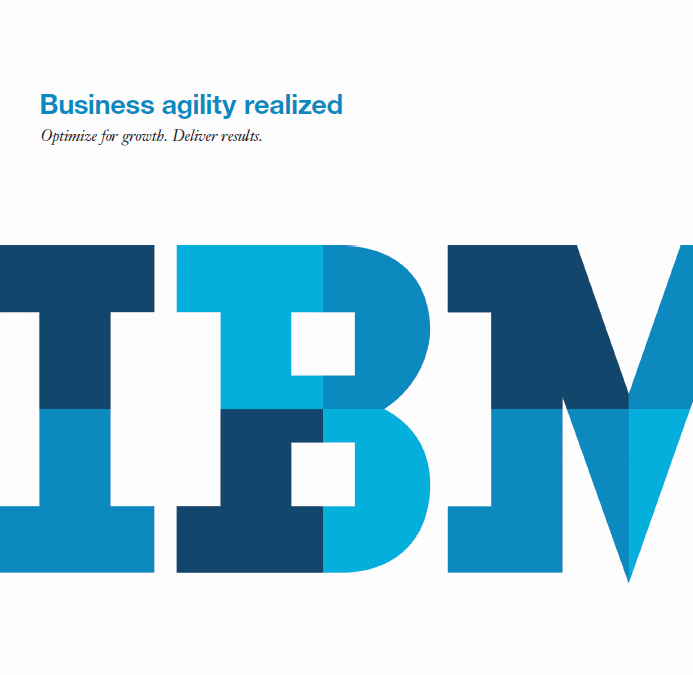
Business Agility Realized
On a smarter planet, change, complexity and uncertainty have become opportunities for businesses and entire industries to transform, grow and serve customers in new ways. This reality is driven by three shifts:
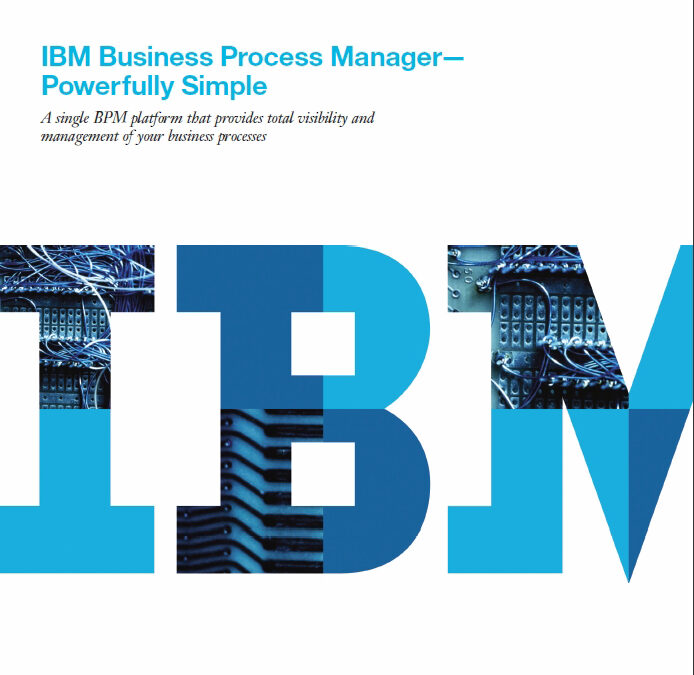
IBM BPM Powerfully Simple
IBM Business Process Manager—a single solution to make your BPM journey easier. Starting the BPM journey can seem like a daunting task, from both the executive buy-in and implementation perspectives, and IBM Business Process Manager can make that journey substantially easier. IBM Business Process Manager is a comprehensive and consumable BPM platform that provides total visibility and management of your business processes.

Driving The Top Line: Beyond Efficiency And Quality
Although “doing more with less” is a common mantra these days, delivering improved business efficiency is necessary, but not sufficient, to put organisations in strong competitive positions. Business change velocity, combined with increasingly stringent customer expectations, mean that agility and responsiveness have to be equally important goals for business improvement projects. Business Process Management (BPM) – the business improvement approach that.s naturally aligned to address end-to-end improvements – needs to be part of your business improvement toolkit here. But if a BPM initiative is going to help you drive top-line growth, you.re going to need to think differently and employ additional functionality.
This report explores how organisations can build on a foundation of process automation for operational agility and responsiveness, by enlisting complementary technologies like business event processing and business rules management.
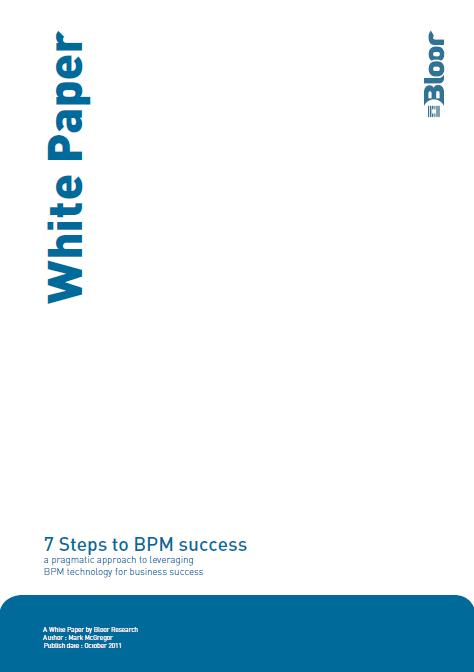
7 Steps To BPM Success
This paper provides the reader with a 7 Step model that seeks to suggest
ways in which organisations can maximise their business returns. The
model sets out to blend the benefits of non-technology approaches with
the more technological ones.

Lessons from the Human Brain in Decision Making
I am not a poker player. This is probably wise since my grandfather lost the family farm one night in a poker game. Sadly, as the story goes, he never won it back. This caused me to wonder how he made the decision to bet the farm on a game. Which decision-making mechanisms were at play? Which were flawed? In addition, more likely, which had shut down for the evening?


